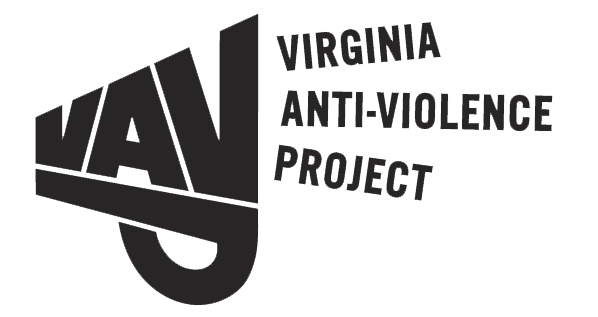by: Sophia Marano
There is an immense lack of research and knowledge about same-sex domestic violence. The little research that does exist focuses on lesbian and gay relationships, with very little information on how domestic violence affects people who identify as bisexual, transgender, queer, or genderqueer. Furthermore, only a limited amount of the critical knowledge and experience gained by organizations working with LGBTQ+ survivors have trickled into mainstream agencies (Albright & Alcantara-Thompson, 2011). These facts do not add up considering that domestic violence happens in LGBTQ+ relationships at about the same rate as it does in heterosexual relationships. There are numerous factors and perspectives that are crucial to contextualize when fully grasping the obstacles that members in the LGBTQ+ community face regarding domestic violence.
In understanding domestic violence in LGBTQ+ relationships, it is important to note that abusers not only use their privileges and power to abuse their partners, but also their vulnerabilities and oppression (Albright & Alcantara-Thompson, 2011). Research has shown that “abusive partners who have experienced violence in the past may use their experiences as an excuse for their current abusive and controlling behaviors” (Brown & Groscup, 2009). This factor is especially prevalent in LGBTQ+ relationships, considering that members of this community face numerous amounts of oppression. Homophobia, heterosexism, transphobia, and biphobia are just a few forms of discrimination against LGBTQ+ people, and some abusers may use these places in which they have experienced such oppressions and deficit of powers as justifications for their abusive actions.
It is also important to identify and determine who is “surviving, and who is exerting”, an abusive pattern of power and control in LGBTQ+ relationships (Albright & Alcantara-Thompson, 2011). Abuse within a heterosexual relationship has been historically illustrated using the “Power and Control Wheel” developed by the Domestic Abuse Intervention Program in the late 1980s (National Center on Domestic and Sexual Violence). Although this tool is used by many, it only represents universally shared experiences of survivors who participated in focus groups, which commonly excludes the LGBTQ+ community. More recently, the Northwest Network developed an assessment tool for use as a “more culturally appropriate response to ensure that people were directed to the support most beneficial for them” (The NW Network, 2022). This tool recognizes that areas of privilege and power, such as physical size and strength, socioeconomic status, education, and race is insufficient to determine who is the abuser in LGBTQ+ relationships.
There are numerous factors and perspectives that are crucial to contextualize when understanding the obstacles that members in LGBTQ+ community face regarding domestic violence. Gaining insight on how to identify differences and patterns within domestic violence in LGBTQ+ relationships is the first step to facilitating people with the help they deserve.
Citations
Contextualizing domestic violence from a LGBTQ perspective. VAWnet.org. (n.d.). Retrieved November 9, 2022, from https://vawnet.org/material/contextualizing-domestic-violence-lgbtq-perspective
Brown, M.J., & Groscup, J. (2009). Perceptions of same-sex domestic violence among crisis center staff. Journal of Family Violence. 24, 87-93.
National Center on Domestic and Sexual Violence. “Wheels” Adapted from the Power and Control Wheel Model. Retrieved November 15, 2010, from www.ncdsv.org/publications_wheel.html
Advocacy tools. The NW Network. (n.d.). Retrieved November 9, 2022, from https://www.nwnetwork.org/advocacy-tools
